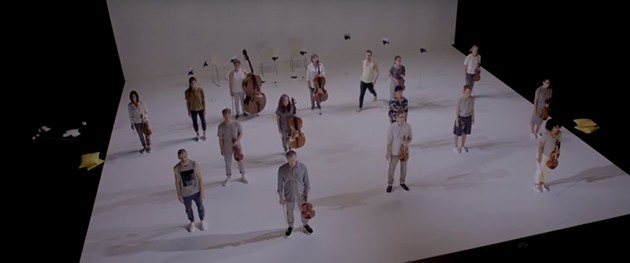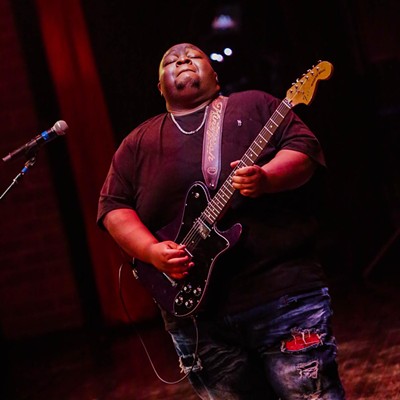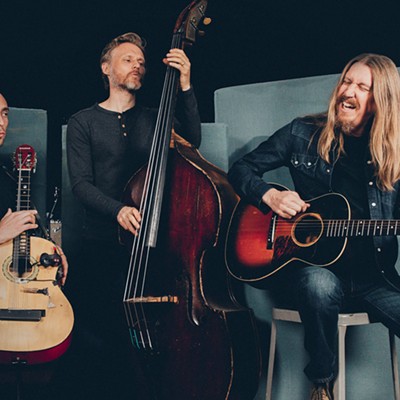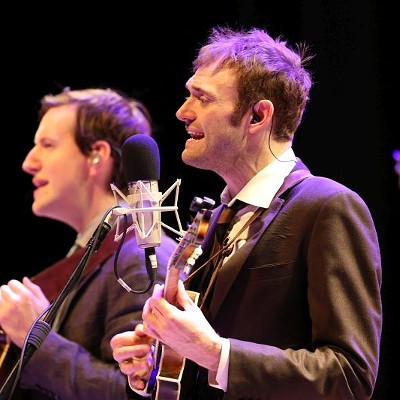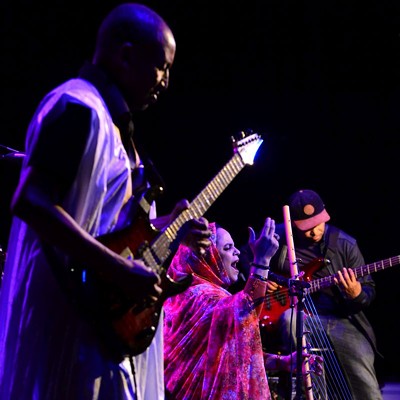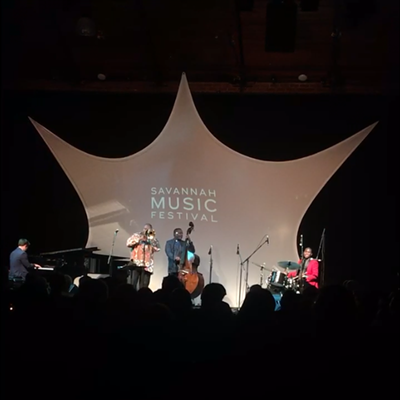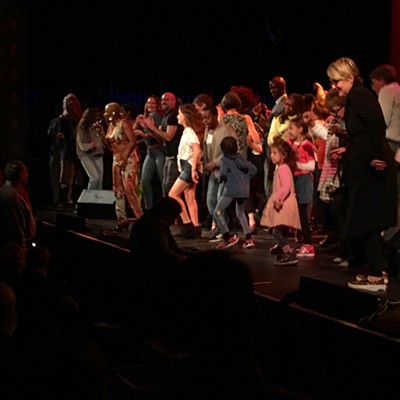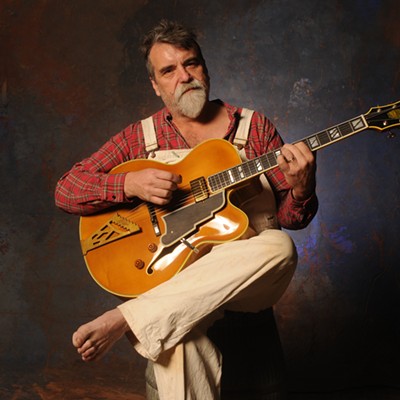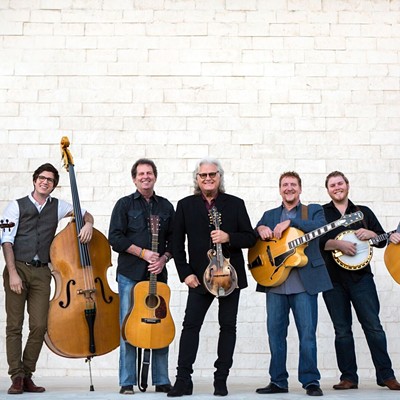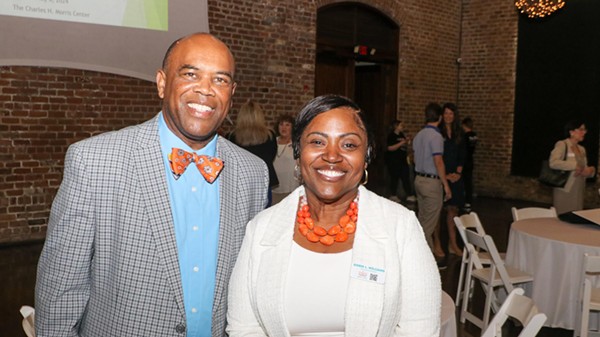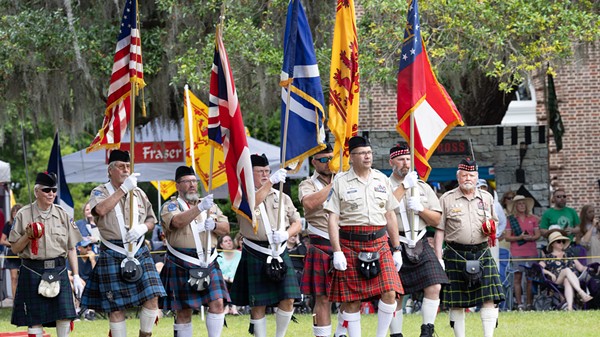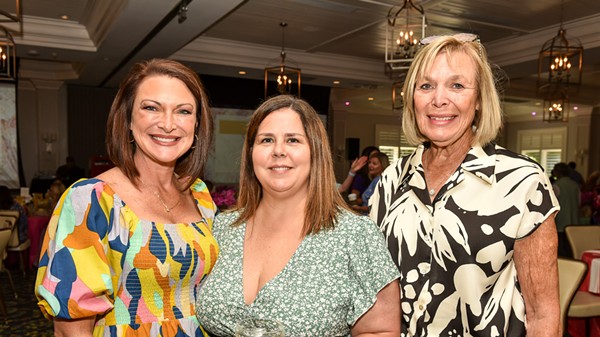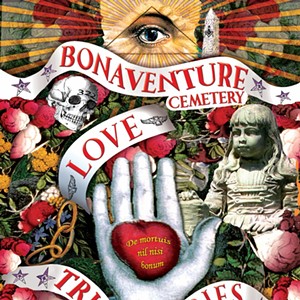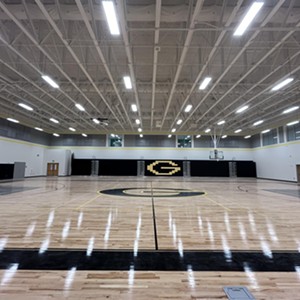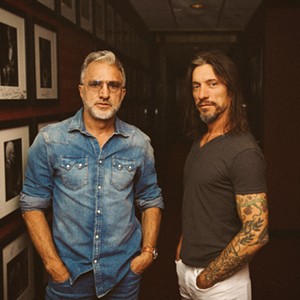Savannah Music Festival Review: Scottish Ensemble/Andersson Dance 'Goldberg Variations'
Updated April 9, 2019 at 11:55 a.m.
[
{
"name": "Air - MedRect Combo - Inline Content 1",
"component": "14680855",
"insertPoint": "7",
"requiredCountToDisplay": "5",
"parentWrapperClass": "fdn-ads-inline-content-block"
},{
"name": "Air - MedRect Combo - Inline Content 2",
"component": "14680856",
"insertPoint": "15",
"requiredCountToDisplay": "9",
"parentWrapperClass": "fdn-ads-inline-content-block"
},{
"name": "Air - SVP - Leaderboard - Inline Content - 2",
"component": "16852291",
"insertPoint": "10",
"requiredCountToDisplay": "10",
"parentWrapperClass": "fdn-ads-inline-content-block"
},{
"name": "Air - SVP - Leaderboard - Inline Content - 3",
"component": "16852292",
"insertPoint": "20",
"requiredCountToDisplay": "18",
"parentWrapperClass": "fdn-ads-inline-content-block"
},{
"name": "Air - SVP - Leaderboard - Inline Content - 1",
"component": "16852290",
"insertPoint": "25",
"requiredCountToDisplay": "22",
"parentWrapperClass": "fdn-ads-inline-content-block"
}
]
The Savannah Music Festival has made a point through the years of staying committed to interesting and unusual dance performances. Sometimes these performances are well attended, sometimes not so much – but that commitment has thankfully never wavered.
I’m happy to report that not only was this Thursday’s collaborative performance at the Lucas of the Scottish Ensemble and Andersson Dance troupe very well attended, the audience was treated to one of the most creative and delightful performance I’ve seen in any genre at the Festival in quite some time.
Titled “ternary patterns for insomnia”, the performance interprets all 30 of J.S. Bach’s Goldberg Variations in a modern/contemporary dance style. But that sterile description doesn’t do justice to this wildly inventive, evocative, and at times quite touching stage creation dating from a 2015 collaboration of the two groups.
The key here is that the musicians of the Scottish Ensemble don’t just accompany the Andersson dancers – they share the stage and participate in movement throughout the show.
Much easier said than done!
Under the direction of the brilliant violinist Jonathan Morton, the 11 musicians – six violins, two violas, two cellos, and a bass – deliver a stunningly emotional yet extremely precise performance of the 30 Variations in order, while simultaneously being a component of the choreography and stage picture, dressed in comfortable, casual clothes as the dancers themselves are.
Of course, the five dancers – three women, two men – of Sweden’s Andersson Dance provide the main movement. I was pleased that their joyful choreography avoided the unimaginative tropes of the worst examples of modern dance – spending too much time on the floor, frequent fish-like flopping, etc. – and instead succinctly channeled happiness, whimsy, kineticism, eroticism, and sadness in a very human way and relatable way, as each Goldberg Variation indicated in turn.
Each of the five dancers was able to express themselves as individuals, with clear personal styles. Occasional verbal interludes introducing and describing the Variations provided an extra personal touch – usually we’re used to dancers being silent as statues.
Sometimes props were used, such as deliberately ill-fitting shoes and non-functioning electric equipment, but this was sparing and usually humorous.
I particularly enjoyed a bridging technique used to start the show. A short while before showtime, as the crowd was still arriving and chatting Savannah style, a lone dancer stood centerstage, in full light and looking out over the audience. This went on for at least five minutes, with her also standing there while the performance was introduced by new Executive Director David Pratt.
The effect was to establish a gentle yet firm connection with the audience even before the show started, and to enhance the organic nature of this remarkable performance.
I cannot stress enough how impressive is the musical and physical feat of the Scottish Ensemble musicians delivering a flawless performance of Bach’s masterworks even as they move about the stage. At no point is the music compromised in tone or tempo.
In fact, it almost seemed like the path was opened to a more spirited and committed performance due to their symbiosis with the dancers.
Perhaps this is a lesson that other classical music ensembles can take to heart.
Of all the music created by humankind, it is probably the spiritually transcendent and geometrically perfect music of Bach that’s mostly likely to survive even beyond our species itself.
This performance did justice to Bach’s unmatched genius, in an accessible and deeply human way the man himself would have appreciated.
Published April 8, 2019 at 4:00 a.m.

